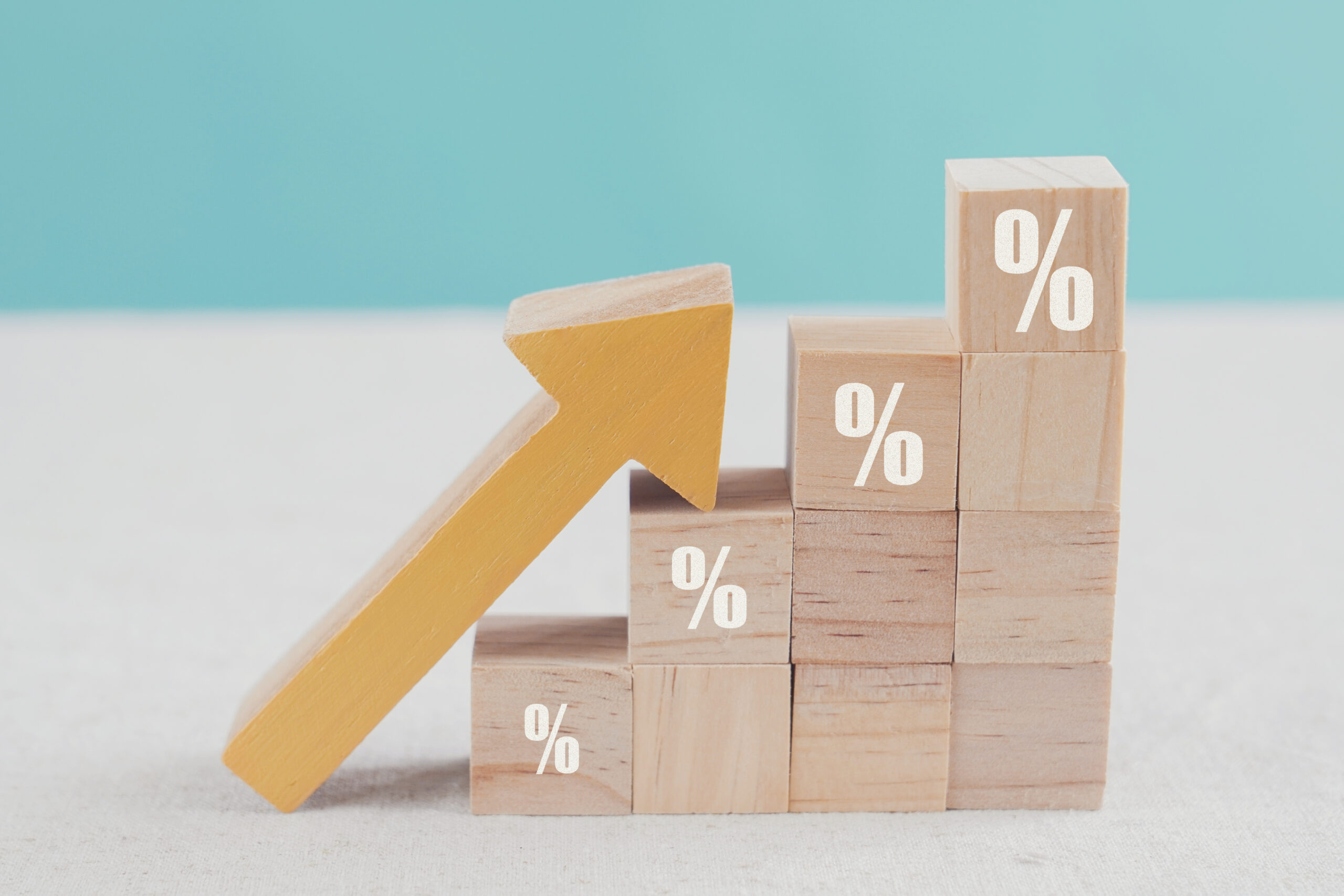Traditional valuations
Valuing a business can be a confusing process. There are a multitude of formulas and approaches, but what we have discovered in our 30+ years of selling companies is that every one of these valuation methods are flawed.
If you have researched company valuations you may have had someone tell you that the most common valuation method would be to look at your accounts for the last two-to-three years, make some adjustments (such as taking out any one-off or unusual costs) and coming up with an average pre-tax profit. This is then multiplied by a ratio, which can differ depending on the sector you operate in. A common multiple used is five. This would give an investor a return on their investment in five years from buying your company.
The big problem with this approach is that the valuation is based on past performance, and doesn’t take into account what the acquirer with their greater resources, combined with the unique opportunities your company offers would be able to do going forwards.
It doesn’t take into account strategic reasons behind buying a business.
Why do buyers buy?
There are many underlying strategic objectives for buying a business, growth being the main driving force. This accounts for over 60% of the acquisitions we oversee. Top reasons include:
– Diversification of the product portfolio, increasing client base and growth
– New client acquisition, offering cross-selling opportunities across both client bases
– Geographic expansion.
When we approach potential buyers, we do it with a teaser letter, providing an anonymised, high-level overview of the growth opportunities your company could offer them, showing them where the value lies.
We also approach a large number of companies, typically between 80 and 120, which creates a competitive environment. These acquirers know they are in competition with others. All of a sudden, their mindset changes from ‘how little can I get away with offering’ to ‘how much will it take to wipe out my competition?’.
This competitive environment of buyers usually results in a wide variety of offers. We often see a difference of 2.5X between the highest and the lowest bidder, firm evidence that valuation cannot be measured using a mathematical equation. Every buyer generates a different return on investment, individual to them, based on the resources and leverages they bring to bear on the business.
This is why we don’t put a value on a business when we take it to market. Putting a value on your company creates a ceiling from which valuation can only work down. Going to market without a value creates an opportunity to increase the final selling price.
To find out more on this topic, download our free eBook How Not to Value your Business.
If you are thinking of selling your business and would like to explore your options with Kingsbrook, please get in touch, either by email at info@kingsbrook.co.uk or call us at 01635 736741.




